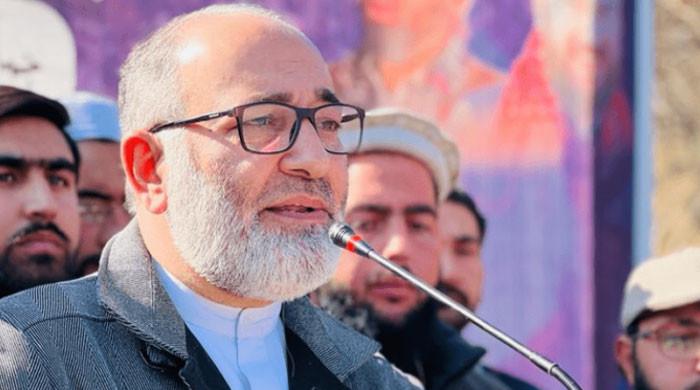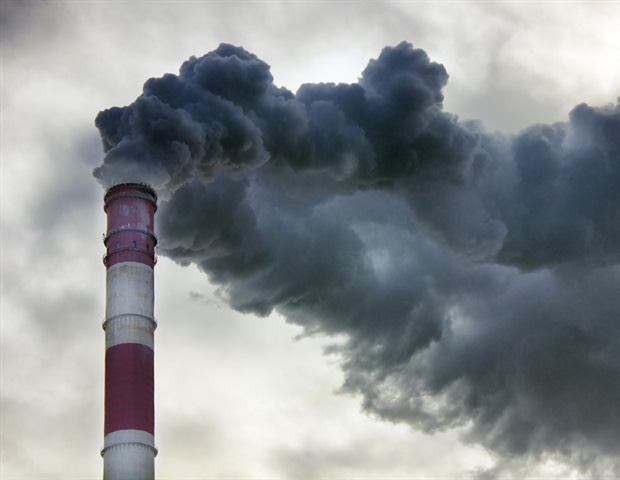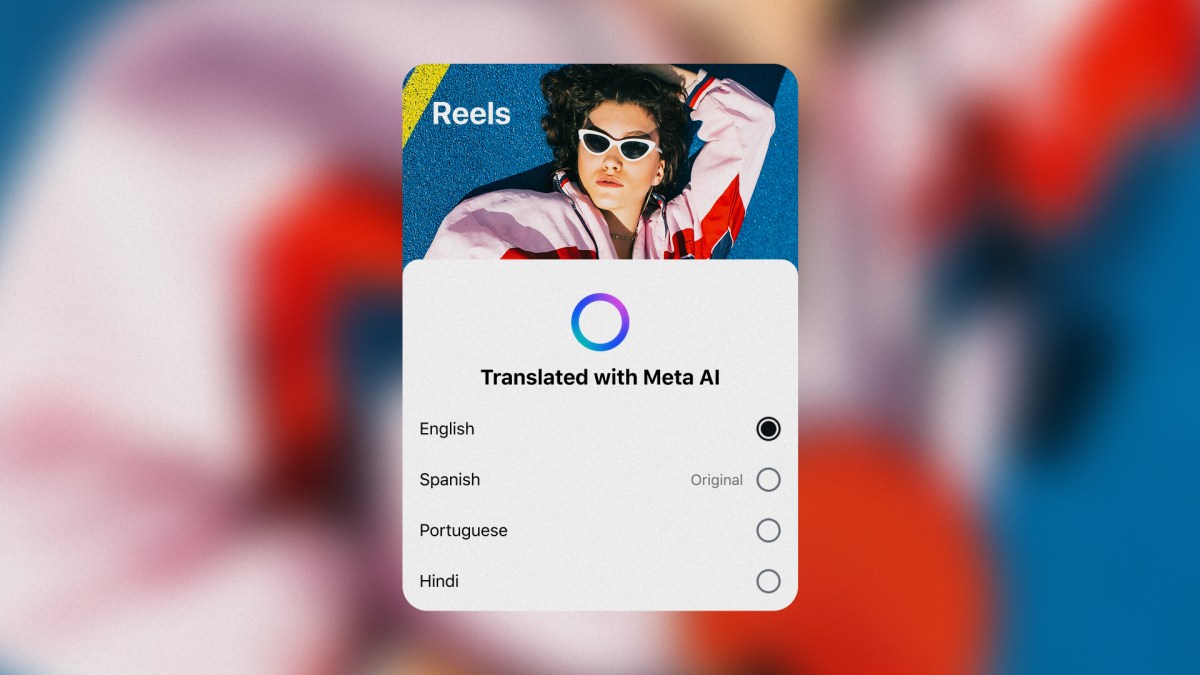Alexandra RosbothamBBC News NI
 Getty Images
Getty ImagesExcitement had been mounting among fans of JADE as she kicked off her first ever UK solo tour in Belfast on Thursday night.
She…

Alexandra RosbothamBBC News NI
 Getty Images
Getty ImagesExcitement had been mounting among fans of JADE as she kicked off her first ever UK solo tour in Belfast on Thursday night.
She…

A new study led by Break Through Cancer’s Accelerating Glioblastoma (GBM) Therapies Through Serial Biopsies TeamLab has revealed that an engineered virus therapy, CAN-3110, triggered powerful immune responses deep inside…

ISLAMABAD: Former senator Mushtaq Ahmad Khan has announced his resignation from Jamaat-e-Islami (JI).
Ahmad confirmed the decision during…

Following a series of teasers, Onyx has officially announced the Boox P6 Pro – its latest smartphone-sized e-reader. This one is notable because it adds cellular connectivity with full 5G support and also comes in a special version with a…

Asteroid impacts are normally associated with danger to life. The end of the dinosaurs’ dominion on Earth was caused by a massive collision. As the Chesapeake impact and others have shown, however, not all of the impacts bring global devastation….

Long-term exposure to fine air pollution can impair metabolic health by disrupting the normal function of brown fat in mice. A study co-led by the University of Zurich shows that this occurs through complex changes in gene…

Forward-Looking Statements
This press release contains certain forward-looking statements, beliefs or opinions, including with respect to CDB Aviation’s business, financial condition, results of operations or plans. CDB Aviation cautions readers that no forward-looking statement is a guarantee of future performance and that actual results or other financial condition or performance measures could differ materially from those contained in the forward-looking statements. These forward-looking statements can be identified by the fact that they do not relate only to historical or current facts. Forward-looking statements sometimes use words such as ”may,” “will,” “seek,” “continue,” “aim,” “anticipate,” “target,” “projected,” “expect,” “estimate,” “intend,” “plan,” “goal,” “believe,” “achieve” or other terminology or words of similar meaning. These statements are based on the current beliefs and expectations of CDB Aviation’s management and are subject to significant risks and uncertainties. Actual results and outcomes may differ materially from those expressed in the forward-looking statements. Accordingly, you should not rely upon forward-looking statements as a prediction of actual results and we do not assume any responsibility for the accuracy or completeness of any of these forward-looking statements. Except as required by applicable law, we do not undertake any obligation to, and will not, update any forward-looking statements, whether as a result of new information, future events or otherwise.
About Azerbaijan Airlines (“AZAL”)
AZAL holds the prestigious 4-Star Skytrax rating and has repeatedly been named Best Regional Airline in Central Asia and the CIS at the Skytrax World Airline Awards. As an IATA member, the airline continues to expand its network, drive digital innovation, and enhance passenger comfort. With a modern fleet that meets ICAO standards and an expanding route network, AZAL provides top-level service while strengthening Azerbaijan’s position in the global aviation market. Sustainable development is a cornerstone of AZAL’s strategy.
The airline is a signatory of the UN Global Compact, publishes its ESG commitments, and participates in IATA’s CO₂ Connect and IEnvA programs, reinforcing its position as a reliable and responsible partner in the international aviation industry. www.azal.az/en
About CDB Aviation
CDB Aviation is a wholly owned Irish subsidiary of China Development Bank Financial Leasing Co., Ltd. (“CDB Leasing”) a 40-year-old Chinese leasing company that is backed mainly by the China Development Bank. CDB Aviation is rated Investment Grade by Moody’s (A2), S&P Global (A), and Fitch (A+). China Development Bank is under the direct jurisdiction of the State Council of China and is one of the world’s largest development finance institutions. It is also the largest Chinese bank for foreign investment and financing cooperation, long-term lending and bond issuance, enjoying Chinese sovereign credit rating.
CDB Leasing is the only leasing arm of the China Development Bank and a leading company in China’s leasing industry that has been engaged in aircraft, infrastructure, ship, commercial vehicle and construction machinery leasing and enjoys a Chinese sovereign credit rating. It took an important step in July 2016 to globalize and marketize its business – listing on the Hong Kong Stock Exchange (HKEX STOCK CODE: 1606). www.CDBAviation.aero

Imagine discovering a reel that makes you laugh, inspires you, or teaches you something new, no matter where it was created or what language it was filmed in. That’s the future we’re building at Meta.
In August, we expanded access to…